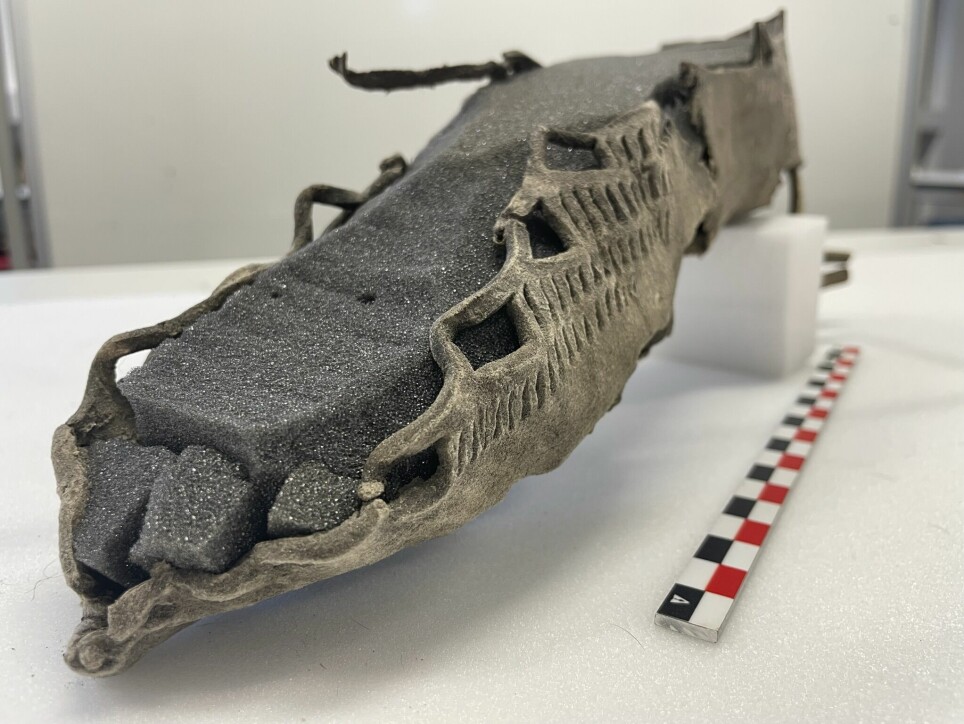
Why was this flimsy Roman-looking sandal buried beneath the snow in an ancient, dangerous Norwegian mountain pass?
“It looks almost like a sandal. It’s pretty astonishing, we’re up here at almost 2000 metres, and we find a shoe with fashion elements, similar to those found on the Continent at the time,” says glacial archaeologist Espen Finstad.
Espen Finstad and his team had been here before.
The name itself, the Horse Ice Patch, suggested the presence of an ancient mountain pass, even at such a high altitude, nearly 2000 m above sea level.
Indeed, they had made one or two finds there already. A 700-year-old medieval horseshoe and a horse legbone.
The season of 2019, one with lots of sun, heat and ice melting, was about to come to an end. The team were busy rescuing the last finds from the Lendbreen pass and other sites. The forecast for the next day was really bad weather, and snow.
But then their phones beeped.
One of the mountain guides who knows the archaeologists well had decided to hike to the Horse Ice Patch. He was pretty sure he had seen objects melted out of the ice. One looked like an Iron Age shoe.
The guide knew what to do. He took photos and GPS coordinates and sent it to the team.
“We basically had to just reorganize, motor on and get there”, says Finstad.
“It was up and down in one day. And we found that shoe – it was a shoe – and lots of other stuff too. Horse dung, textiles, leaf fodder, arrow shafts and other items that we were able to bring down”, he says.
The next day, the ice patch was again covered in new snow.
The finds from this day were recently summarized in a new report.

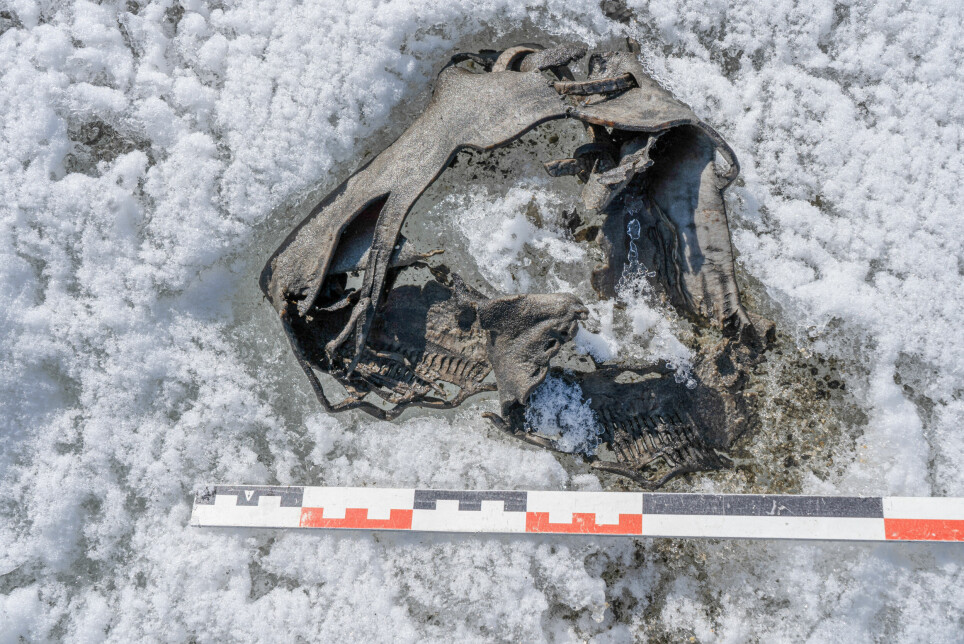
High fashion in high altitudes
Would there always have been snow here? Most likely, Finstad says. The amounts would have varied, but summer or winter, this was no place for flimsy shoes.
“I do a lot of hiking in the mountains, and you know, I find myself thinking, why would you wear that shoe up here… it’s just very, open. Full of patterns and holes. But it was there. We found it on the ice”, says Finstad.
He suggests googling Roman shoes for images of similar footwear. The shoe found in the Norwegian mountains is dated to 200-500, so the end of the Roman Empire.
“It looks almost like a sandal. It’s pretty astonishing, we’re up here at almost 2000 metres, and we find a shoe with fashion elements, similar to those found on the Continent at the time,” Finstad says.
It’s not the first shoe they’ve found.
At Lendbreen, shoes that cover the entire foot have been recovered. The common thing to wear when crossing a mountain pass where you were quite certain to encounter snow would be something made out of a large piece of animal skin that covered the entire foot.
“It’s easy to joke about a Roman tourist who didn’t quite understand much about the country he was visiting”, Finstad says.
“But in any case, I believe the people who walked these routes most likely knew what they were doing. They would have worn something inside this shoe that made it work. Perhaps scraps of fabric or animal skin”.


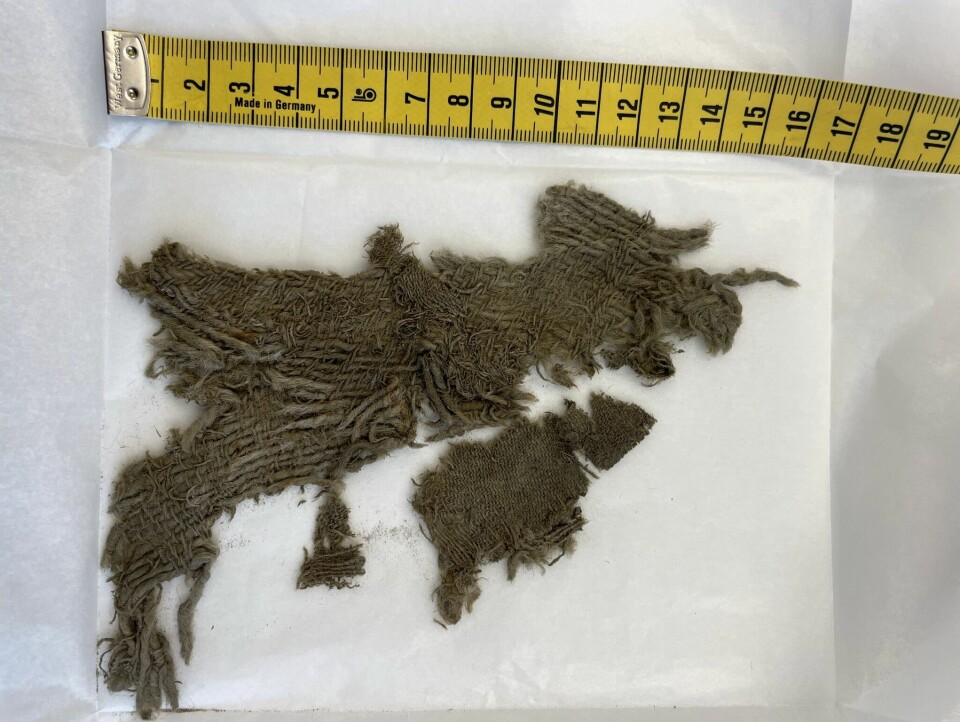
Pieces of a giant mountain puzzle
Although the items recovered are exciting in themselves, what they reveal in the landscape is the truly interesting find, according to glacial archaeologist Finstad.
“You have this vast wilderness, with no traces of humans”, he says.
“But then you realize it’s actually brimming with clues. Little clues at first, but then when they multiply, and you can see them altogether, this whole new story appears”, he says.
The shoe, the horse dung, the textiles – they’re more than items melted out of the ice.
“They connect the landscape in the inland of Norway to the coast. This is cultural heritage, it gives this landscape an entirely new story, another context than just an item you found in the ice.”
Finstad and the team have been at it in the mountains for more than 15 years. They know of hundreds of pre-historic cairns – stone structures that signaled to the travelers where the route went – all over the mountains, all over the ice.
The items left behind by travelers manifest what they suspected – this was a mountain pass that people used. One new piece of a web of ancient trails in the mountains.
“It’s a giant puzzle. We’ve been close to figuring out where these mountain passes go for a while, we’ve been out there looking for clues. And then these finds appear and reveal one of them. It’s just very exciting”, Finstad says.
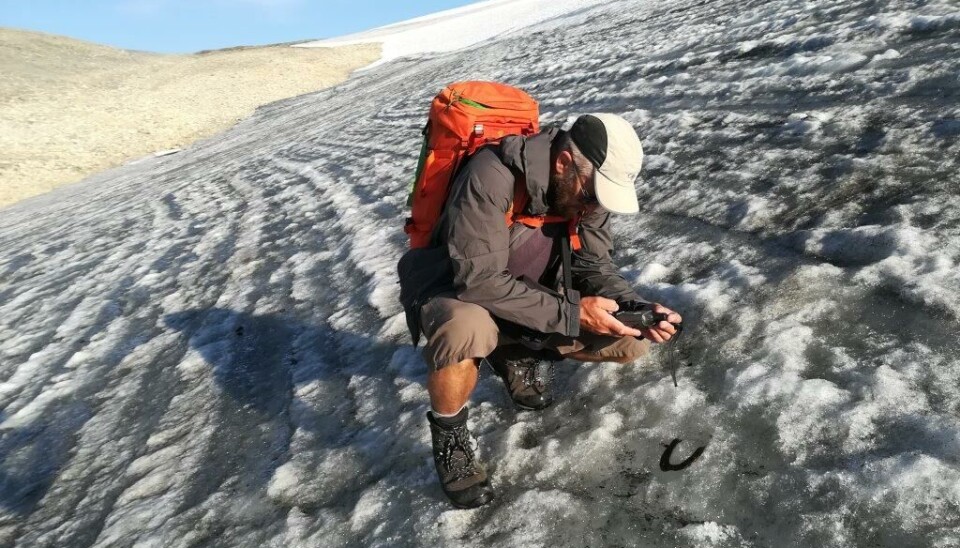

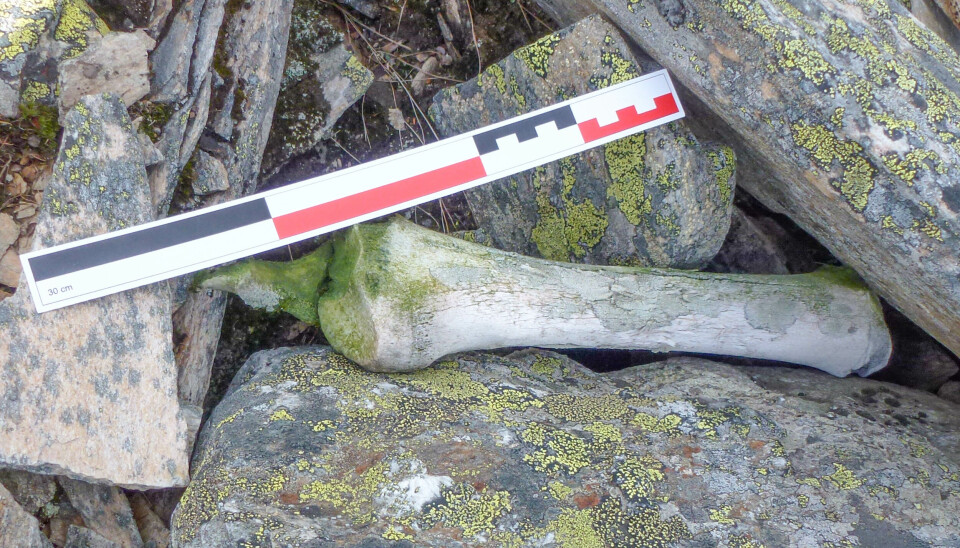
Horse dung from the Viking Ages
Tracing the routes from the Horse Ice Patch, led the archaeologists in three directions.
One went east to the Neto summer farms that date back to the 17th century. This is the same place that the team have also discovered a lost Viking Settlement.
A second and third route went west, toward the coast, to Sognefjord. They may represent routes that worked well in different seasons, you would choose your path depending on weather and snow.
Finstad estimates that it would take a traveler about two days to walk from the inland to the coast.
11 items found at the site have been dated, suggesting the route was used from around the 200s to the end of the 900s. Future finds may expand this time frame.
There are four datings of horse dung, from four different spots in the pass. They range from the year 567 to 979, with the majority dated to the Viking Age. This suggests that there was great activity here during that time – as is the case with the Lendbreen mountain pass.
The leaf fodder would have been food for the horses during travel, or could also be traces of traffic between the summer farms and the main farms – twigs and leaves were brought back to the farms.
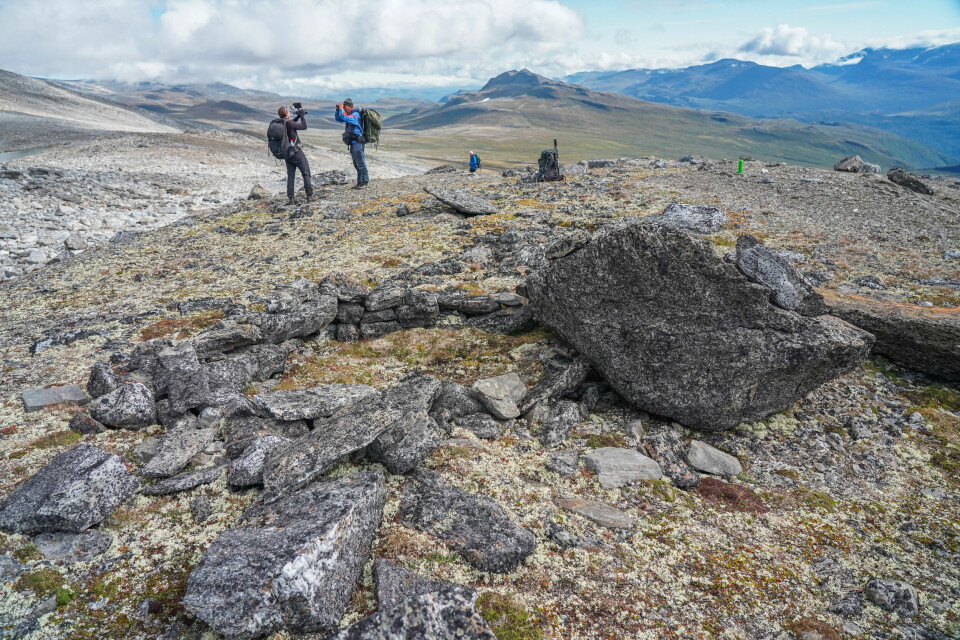
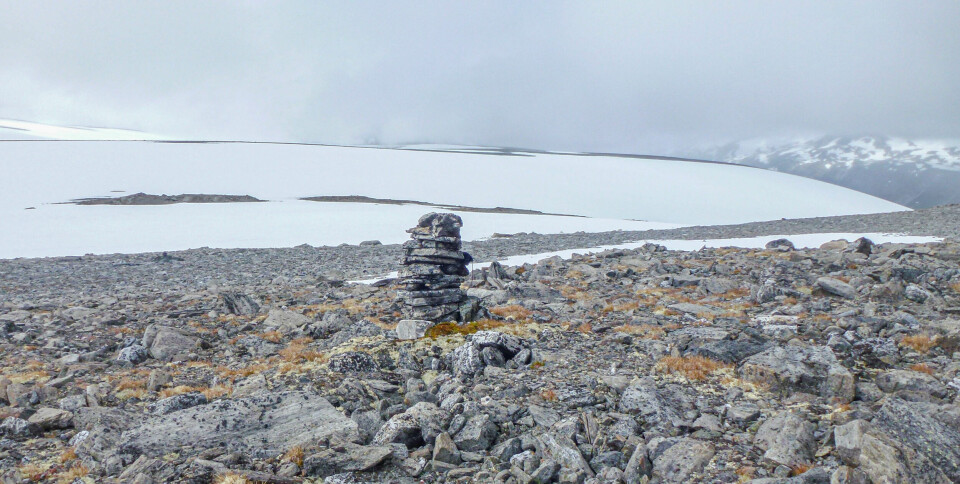
There will be lots more items here
People would have been moving by foot or by horse - packhorses that is. The trail moves through wild terrain and uneven surfaces. Perhaps the packhorses could have dragged something small along, Finstad suggests. But you wouldn’t get a large carriage or sledge over this pass.
“We imagine that people who travelled here would have had some sort of errand, a reason to move between these landscapes”, says Finstad.
“At least the one that moves west to the coast. Perhaps they were trading or exchanging goods. They would have brought maybe leather, antlers, animal skins to the coast, and brought back salt and other goods”, he says.
As opposed to Lendbreen, where most of the items were found at some distance from the ice, already melted out, the items at the Horse Ice Patch were still on the ice.
“This means that the next time we get a warm summer and the ice melts to an even smaller size than it had in 2019, we expect there to be lots more items to recover here”, Finstad says.
---
Updated on April 13 to include information that the finds were recently summarized in a new report.
































